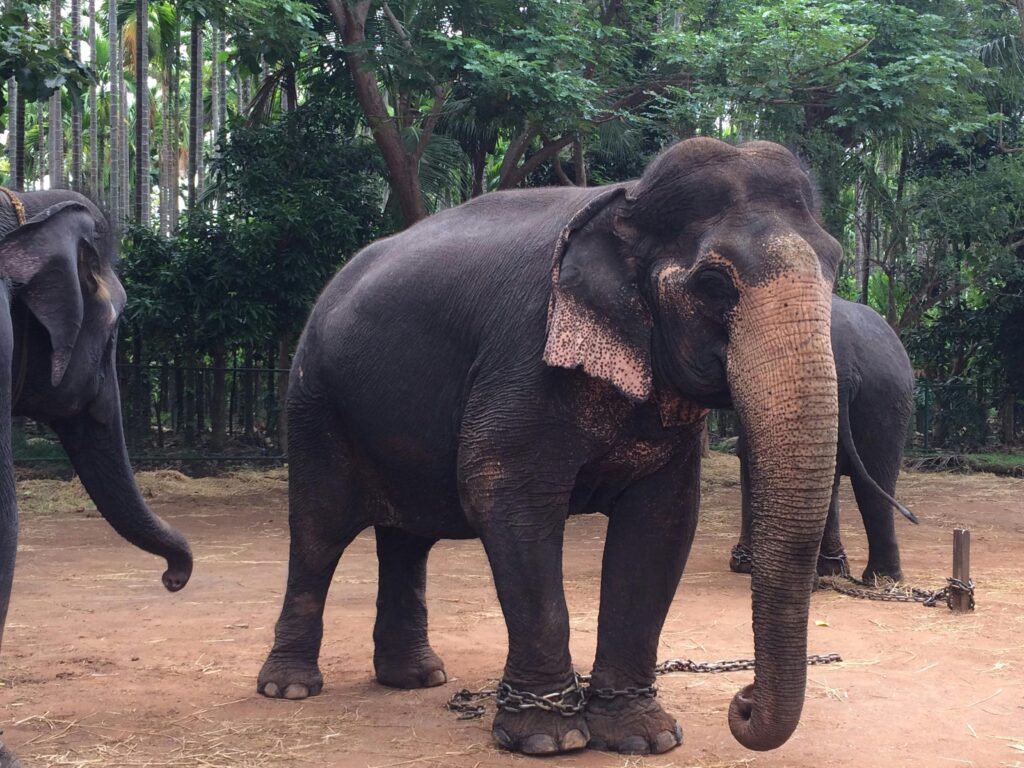Causes, Solutions, and Actions to Protect Endangered Species and Biodiversity
Protecting exotic animals is crucial today as many species are on the brink of extinction. These unique creatures play a vital role in keeping our biodiversity balanced. However, they face growing threats from human activities like habitat destruction, illegal wildlife trade, and climate change. Losing any species can disrupt ecosystems and have significant impacts on other wildlife and even human life.
Saving exotic animals isn’t just about the animals; it’s about keeping our planet healthy and diverse. In this article, we’ll explore why these unique creatures are at risk and discuss how we can protect them for the future.

Contents
Why Exotic Animals Are in Danger
Exotic animals face numerous threats that make survival challenging. Let’s dive into some of the main reasons these animals are struggling.
Habitat destruction stands as one of the most significant threats to these animals. As human populations expand, the natural environments that many exotic species call home are being altered or eradicated. Deforestation, urbanization, and agriculture are transforming landscapes, leaving little room for wildlife to thrive.
Loss of Natural Habitats
One of the biggest challenges exotic animals face is losing their homes. As humans cut down forests and build cities, these animals have less space to live. This makes it hard for them to find food, shelter, and mates. When their habitats shrink and become fragmented, animals that need large areas to survive are forced into smaller, isolated spaces.

For example, animals like elephants and tigers need vast areas to roam. But as forests are cleared for farming and development, these animals are squeezed into smaller spaces, making survival tougher. They also end up encountering humans more frequently, which can lead to dangerous situations.
Illegal Wildlife Trade

One of the biggest threats to exotic animals is the illegal trade. Many of these creatures are captured and sold, either as pets or for their body parts, often breaking the law. This trade is a huge business and is driving some species to the brink of extinction. Even though there are laws to protect these animals, poachers continue to hunt and sell them because the demand is so high.
This illegal trade doesn’t just harm individual animals; it also disrupts the balance of their ecosystems. For instance, if a predator is removed, the prey population can explode, which then affects plants and other animals in the area.
Climate Change

Climate change is making it increasingly difficult for exotic animals to survive. As temperatures rise and weather patterns shift, animals that rely on specific environments, like polar bears and certain amphibians, are struggling to adapt. For example, coral reefs, which host many exotic fish and other creatures, are being damaged by rising ocean temperatures.
Pollution adds to the problem. Plastic waste and chemicals are contaminating habitats, making it harder for animals to live and thrive. This not only impacts the animals directly but also the plants and other creatures they depend on
Now that we’ve looked at some of the problems, let’s explore the solutions. Protecting exotic animals will take a lot of work, but there are ways to make a difference. Here are five ways to help
1:Support Conservation Efforts: Donate to or volunteer with organizations that work to protect wildlife and their habitats.
2:Reduce Your Environmental Impact: Simple actions like recycling, reducing plastic use, and supporting sustainable products can help.
3:Raise Awareness: Share information about the plight of exotic animals on social media and educate others about the importance of biodiversity.
Better Laws and Enforcement

One of the most important steps we can take is to improve the laws that protect exotic animals and ensure they are enforced. Many countries already have laws to protect endangered species, but we need stronger enforcement to stop illegal hunting and trading. International cooperation is also crucial because animals often move across borders, so countries need to work together to protect them.
Protected areas like national parks and wildlife reserves offer safe spaces for animals to live without human interference. Expanding these areas and managing them well is essential to helping exotic animals survive.
Involving local communities
in the conservation of exotic wildlife can be transformative. When individuals living in proximity to natural habitats recognize the value of these unique species, they often turn into enthusiastic defenders of the environment. The adoption of eco-tourism by many of these communities is a testament to this. It offers them a sustainable means of livelihood that also contributes to the preservation of the ecosystem. This approach presents a constructive alternative to detrimental activities such as poaching and deforestation, promoting a harmonious balance between economic development and environmental stewardship.
Using Technology for Conservation
Technology is playing a bigger role in helping us protect exotic animals. Tools like drones and satellites are being used to track animal populations and spot poachers. Artificial intelligence (AI) can help conservationists monitor animals and better understand their behaviors. DNA testing is also helping track the illegal trade of wildlife products, making it easier to catch poachers.
In addition, captive breeding programs are being used to save species on the verge of extinction. These programs raise animals in controlled environments and then release them back into the wild, helping to rebuild populations.
Conclusion
Comprehending the perils faced by exotic animals and engaging in proactive measures to defend them is pivotal. Doing so not only promises a world where the splendor and variety of nature thrive for posterity but also upholds the delicate equilibrium of life on our shared Earth. It’s a commitment to life’s continuity, in all its forms.



